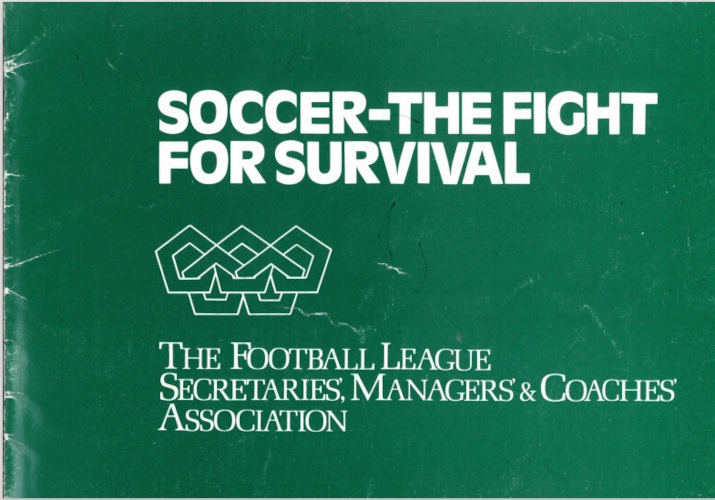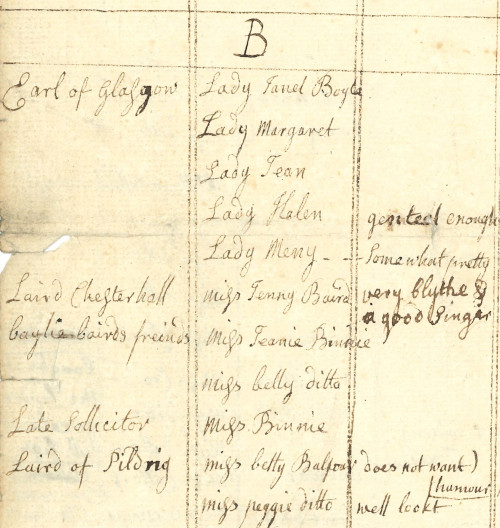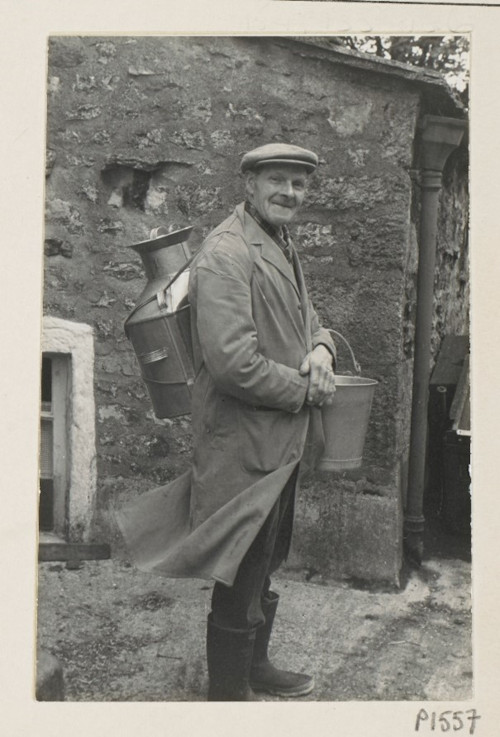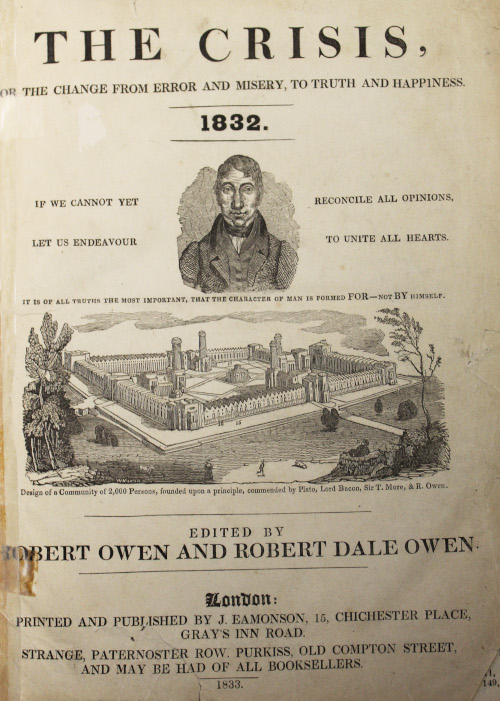Back in September 2001 we ran our first feature (we can scarcely believe it’s been that long ourselves!), all about the papers of Manchester-born, Oscar-winning actor Robert Donat (1905-1958) and an exhibition at the John Rylands University Library of Manchester.

Since then, we’ve published a new feature every month to promote our contributors‘ collections, initially via our web pages*, and now on our blog. For several years, these were nearly always produced by members of the team but now the features are mainly written by our contributors themselves. We’re really pleased at this shift: who better to tell the stories behind the collections than the archivists caring for them? The features are also an opportunity for archives to publicise their anniversaries, exhibitions and other events.
Over the past 20 years we’ve featured collections from the wide, and growing, range of UK archives represented on the Archives Hub: Universities, Royal Colleges, museums, galleries, businesses, charities, local authorities and specialist archives – including theatre, dance, design, industry and medicine. We’ve picked out some highlights…
Barclaycard: 50 years of plastic money – the story from the Archives
June 2016 saw the 50th anniversary of the official launch of Barclaycard, the first all-purpose credit card in Europe. The idea of Barclaycard is credited to general manager Derek Wilde, later a vice-chairman of Barclays, and James Dale, who became Barclaycard’s first departmental manager. Their idea was backed by Barclays’ chairman John Thomson, who recognised the need to ‘beat the others to it’. The immediate inspiration came from a visit to the United States in 1965 by Wilde, Dale and computer expert Alan Duncan, specifically to look at Bank of America’s BankAmericard. Provided by Barclays Group Archives: https://blog.archiveshub.jisc.ac.uk/2016/05/31/barclaycard-50-years-of-plastic-money-the-story-from-the-archives/.
The London to Istanbul European Highway
The National Motor Museum Motoring Archives contain approximately 300 collections, which relate to numerous aspects of motoring history, including speed records, motor sport, businesses and famous personalities. Material is held in support of the National Motor Museum’s wider Collections, and is well used as part of the Research Service. The Bradley Collection contains material relating to a survey of a transnational road from London to Istanbul. The collection includes a promotional booklet published by the Automobile Association (AA), and all of the original artwork produced by Margaret Bradley during the trip: https://blog.archiveshub.jisc.ac.uk/2015/12/01/the-london-to-istanbul-european-highway/.
Coughs and Sneezes: Influenza epidemics and public health

Outbreaks of flu often develop into serious epidemics. Three times in the twentieth century this became pandemic, or worldwide. The most serious epidemic in history was the influenza pandemic at the end of the First World War. Robert Brown of the Wellcome Trust Centre for the History of Medicine at University College, London writes about how the wealth of archival material in the Liddle Collection, Leeds University Library Special Collections, can help our understanding of the Spanish Flu: https://archiveshub.jisc.ac.uk/features/jan06.shtml
World War One
World War One (1914-1918) was a war like no other before it and was itself hugely influenced by the political and social changes that accompanied the Industrial Revolution. This feature explores many aspects of the war, including the roles of women, medicine and warfare, propaganda, correspondence and diaries: https://archiveshub.jisc.ac.uk/features/worldwarone/index.html.
Continuity of Care – The Royal Scottish National Hospital
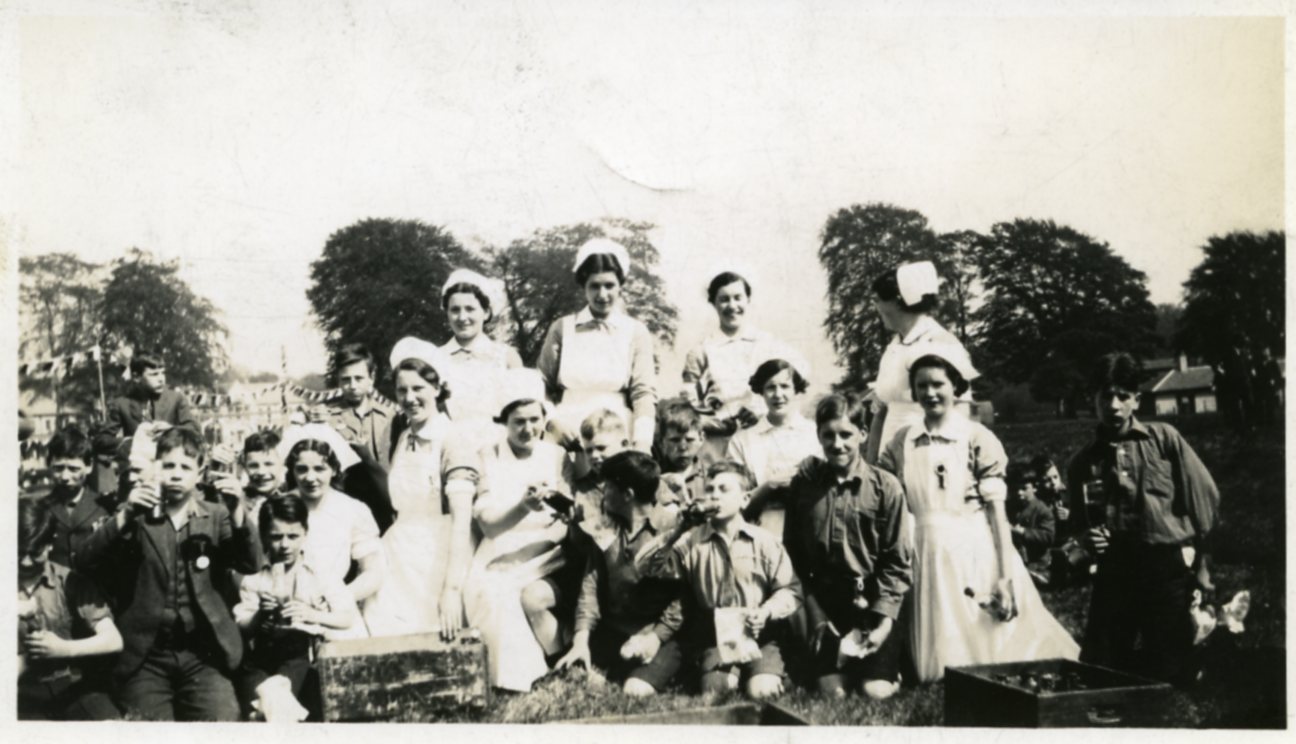
The Wellcome Trust funded a project at the University of Stirling Archives and Special Collections to catalogue and conserve the records of the Royal Scottish National Hospital (RSNH), Larbert. The historical importance of the collection was recognized by its inclusion in the UNESCO UK Memory of the World Register in 2013:
https://blog.archiveshub.jisc.ac.uk/2015/03/02/continuity-of-care-the-royal-scottish-national-hospital/
The Nobel Prizes
The Swedish chemist and engineer Alfred Nobel (1833-1896) invented dynamite in 1866. Nobel bequeathed his estate to establish an award for achievements in physics, chemistry, medicine, literature, and peace. The Archives Hub includes descriptions for the papers of many Nobel laureates: https://archiveshub.jisc.ac.uk/features/dec04.shtml
Black History Month: Theatre, culture and the Beatles
Showcasing black theatre and culture to celebrate ‘Black History Month’ (2010) in the UK, with collections held by the V&A Department of Theatre and Performance, Black Cultural Archives Collections and the National Fairground Archive: https://archiveshub.jisc.ac.uk/features/blackhistorymontharts/.
A Spring in Your Step

The Archives Hub contains a range of material linked with dance – dancers, choreographers and teachers, schools and companies, ballet, contemporary and other styles of dance. Collections highlighted include those held by Royal Academy of Dance, Royal Ballet School Special Collections, Royal Conservatoire of Scotland, Rambert Dance Company, Laban Collection, Trinity Laban Conservatoire of Music and Dance:
https://blog.archiveshub.jisc.ac.uk/2014/05/30/a-spring-in-your-step/.
Forensics: A partial print of the history of forensic science
Forensic science is the application of scientific techniques to the evidence in a criminal investigation. No two people have fingerprints that are exactly alike. In the late 19th century, techniques for fingerprint identification and classification were developed, and fingerprint evidence was first accepted in British courts in 1901. Collections from Glasgow University Archive Services, Edinburgh University Library Special Collections, University of Dundee Archive Services, Imperial College London, Archives and Corporate Records Unit and others: https://archiveshub.jisc.ac.uk/features/forensics.shtml
The Devonshire Family Collections
The Devonshire Collection Archives, Chatsworth, in Derbyshire, span over 450 years and date back to the time of Elizabeth Talbot, Countess of Shrewsbury (c.1527-1708, better known as Bess of Hardwick), with elements of the archive dating from even earlier. They also include the papers of Bess of Hardwick, the 8th Duke/Marquess of Hartington and Duchess Georgiana: https://blog.archiveshub.jisc.ac.uk/2019/03/04/the-devonshire-family-collections-at-chatsworth/.
Researching LGBTQ+ History at North East Wales Archives
NEWA shine the spotlight on some of the initiatives which are helping Wales to uncover the LGBTQ+ heritage held within their archives. It can be quite a challenge to find records of this type of history since, because of its historically subversive nature, it was often hidden, destroyed or even put into code to avoid discovery. With collections held by Archifau Sir Ddinbych / Denbighshire Archives and North East Wales Archives – Flintshire / Archifau Gogledd Ddwyrain Cymru – Sir y Fflint: https://blog.archiveshub.jisc.ac.uk/2021/02/01/researching-lgbtq-history-at-north-east-wales-archives/.
Fish are jumpin’ in the Archives

A selection of the wonderful, and sometimes surprising, collections relating to fish, ranging across research, expeditions, fisheries, the fishing industry and river authorities – not forgetting a fish and chip shop, a theatre and several appropriately named individuals: https://blog.archiveshub.jisc.ac.uk/2020/07/31/fish-are-jumpin-in-the-archives/.
X: General elections
Since 1945, the library of the London School of Economics has collected campaign material, such as leaflets and posters, produced by political parties and individual candidates: https://archiveshub.jisc.ac.uk/features/may05.shtml
The Wallace Collection Archives
In 1897 Lady Wallace died and bequeathed the contents of the ground and first floor of Hertford House, her art-filled London residence, to the nation. This included paintings by Rembrandt, Reynolds and Canaletto, the finest collection of Sèvres porcelain in the world and nearly 2,500 pieces of arms and armour. These items were collected by the first 4 Marquesses of Hertford and Sir Richard Wallace, the illegitimate son of the 4th Marquess. The Wallace Collection Library and Archives reflect the collections and history of the Museum and its founders.
https://blog.archiveshub.jisc.ac.uk/2015/09/01/the-wallace-collection-archives/.
Heavenly Harmony: Music in the Collections of Canterbury Cathedral Archives & Library

The first organ was installed at Canterbury in the 12th century although it is believed that unlike its modern counter part, it was not viewed as a musical instrument, rather “a producer of cheerful though fairly random noise.” The current organ was built in 1888 and underwent a number of renovations in the twentieth century. This feature provides an enticing overture of musical collections held by Canterbury Cathedral Archives and Library: https://blog.archiveshub.jisc.ac.uk/2018/02/01/heavenly-harmony-music-in-the-collections-of-canterbury-cathedral-archives-and-library/.
D H Lawrence Collection
The D H Lawrence Collection at the University of Nottingham’s Department of Manuscripts and Special Collections began in the 1950s prompted by an increasing academic interest in Lawrence’s life and works. Since then, the Collection has grown and now forms one of the major international research resources for the study of D H Lawrence: https://archiveshub.jisc.ac.uk/features/lawrence.shtml.
Raymond Williams papers at the Richard Burton Archives, Swansea University
Raymond Williams (1921-1988) is probably best known for his notion that culture is ordinary. Through published works such as ‘Culture and Society’ (1958), he was one of the leading academic figures undertaking research and publishing works that explored and redefined ‘culture’. Other seminal works written by Raymond Williams included ‘The Long Revolution’ (1961), ‘The Country and the City’, ‘Keywords’ (1976), ‘Towards 2000’ (1983). As a major intellectual figure of the twentieth-century, Williams is recognized worldwide as one of the founding figures of Cultural Studies. Swansea University‘s collection has been the catalyst for fascinating conversations in the Reading Room about Raymond Williams as a writer, researcher, teacher, as well as discussions about some of the questions posed by the archive: challenging handwriting, apparently random notes and half-finished texts, who wrote what – was it Raymond or was it his wife, Joy?
https://blog.archiveshub.jisc.ac.uk/2017/10/02/raymond-williams-papers-at-the-richard-burton-archives-swansea-university/
That’s just scratching the surface though! You can explore many of our Features through our gallery:
Image gallery: https://archiveshub.jisc.ac.uk/features/gallery/
Chronological list, 2001 to date: https://archiveshub.jisc.ac.uk/featureslist/
And look out for our #20YearsOfFeatures Twitter campaign throughout September, showcasing more Features.
*** We are grateful to all who have shared their collections, events and anniversaries over the years – may there be many more to come! ***
*Please note: our older features were produced as static pages, so please be aware that some external websites may no longer be active.














